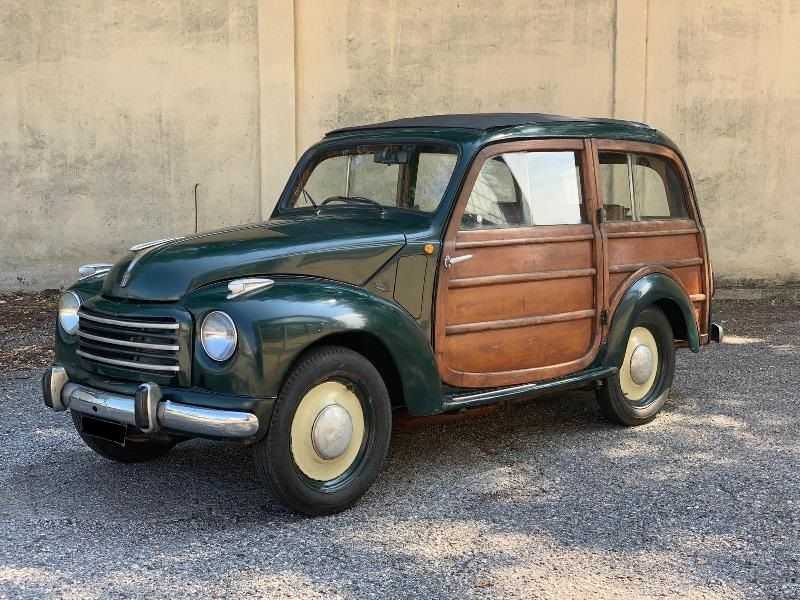It is getting harder to retain any sense of optimism, but here I'll round up some very tiny personal pleasures and successes from the year that was, just to remind myself that good things still happen sometimes.
In January and February, as my shoulder injury was still limiting the cello playing, I had lots of fun with my tenor sax. (In the course of the year, my shoulder got better, the sax got worse, and the saxophone shop down the road from us closed down, so I very much reverted to string-playing mode.)
In March I signed the contract for a new science book, watch this space!
In May, fleeing the jubilee hysteria, I spent a week in France, first time after 8 years I think, see my flickr album. First thing I missed in the streets was newspaper stalls. And people smoking. Both being replaced by people glued to their phones.
In June, I launched an effort to lose the fear of flats, mainly by learning bits of the fourth cello suite which is in Eb major (3b).
In July, I used up a random bag of seeds flying around and grew six dwarf sunflowers which lit up my windowsill for a long time, see photo below (and more on flickr). And learned some botany - after the first flowers faded, I noticed other buds forming, so cut the faded flowers and got smaller secondary flowers as well. Which kept them going into September.
In August I used the famous 9-Euro ticket to visit 9 cities in 9 days. I also had a ticket in June, when I passed through Germany on the return from France, but then I didn't have much time to use it thoroughly.
Back at Oxford, I had the privilege to meet Caroline the Musical Saw Lady at Elder Stubbs Festival and try her Stradivarius saw. Soon after I found a 26" saw on ebay which works very nicely both for playing and for actual woodwork.
Later in August, I was very surprised to discover an origins story for my Wolff ancestry.
On Sept first, I launched the second season of my blog series Every picture tells a story where I share one (or several) family photo every week.
In late September, I made a surprise discovery that very nearly knocked me off my feet: 160 poems written by my great-grandfather Heinrich the cellist after meeting and falling in love with my great-grandmother. Like more famous writers before him, the budding poet used lots of botanical metaphors, too.
In November, I managed to fix my aunt's old violin which had spent more than half a century in different attics. Turns out I really enjoy playing it too, I wasn't expecting that. Having started the year playing mainly alto recorder and tenor sax, I'm now closing it playing mainly violin and cello. Also, it's handy to be able to switch instruments in response to which strains this old body is still willing to tolerate.
Also in November, when the situation at the bird site got out of hand, I came prepared, as I had already set up a mastodon account back in 2018 (when tumblr banned the infamous female-presenting nipples). I also rejoined tumblr, but that isn't working nearly as well as Mastodon these days.
In December, we had a lovely cold snap and I managed to fit two afternoons of wild skating at Port Meadow.
Professionally, I have managed to publish my complete set of 24 features in Current Biology this year, one in every issue, which is always a very satisfying thought.
Oh, and thanks to a generous Santa, my Lost Cities series is now also taking the shape of a collection of matching books full of old postcards. Will do a separate blog post about these in the new year.
Executive summary: ship still sinking, band still playing.
Previous year reviews (I don't always write one):
2021
2018
2017






































